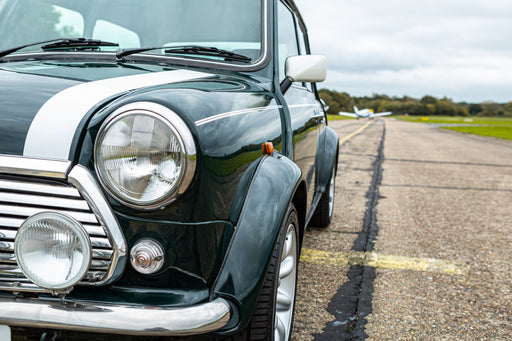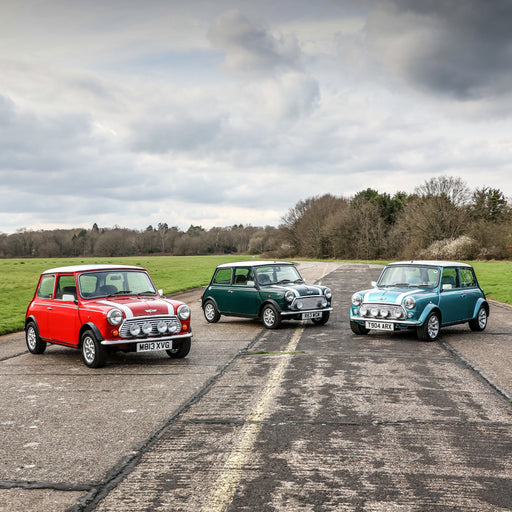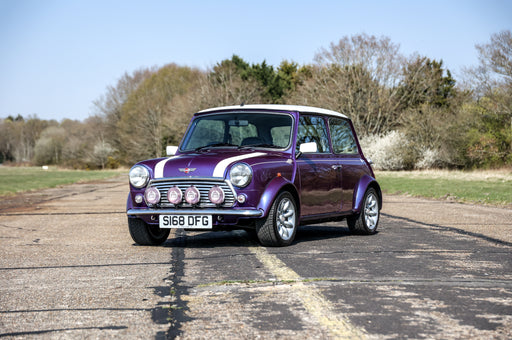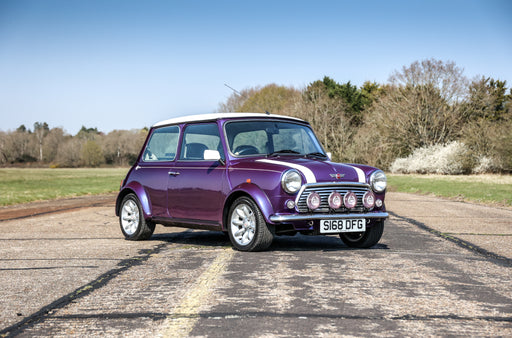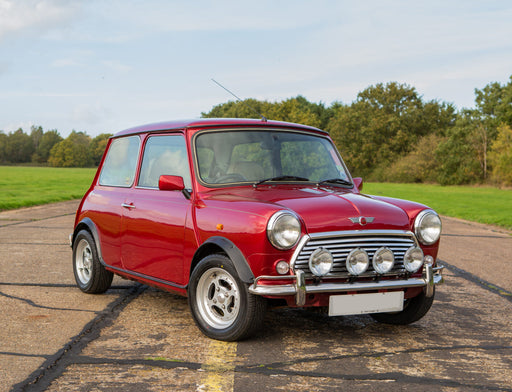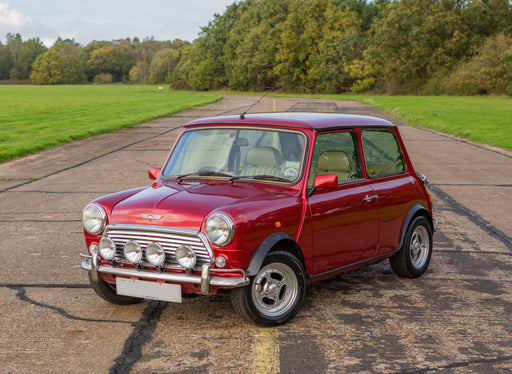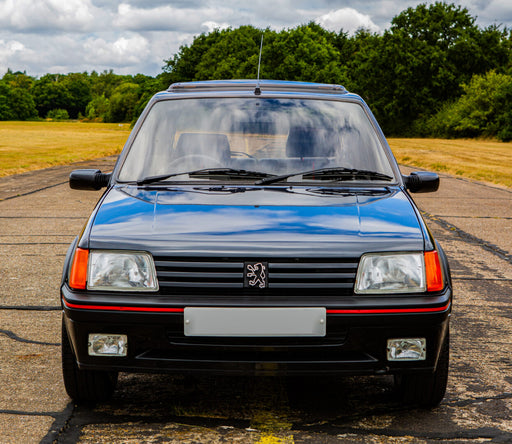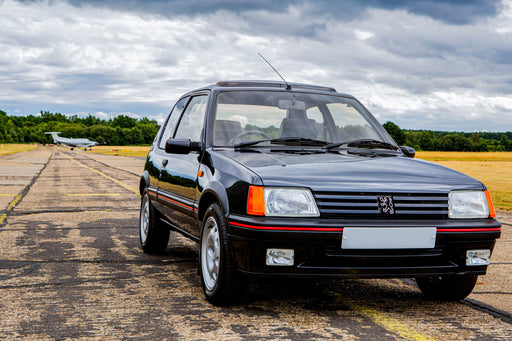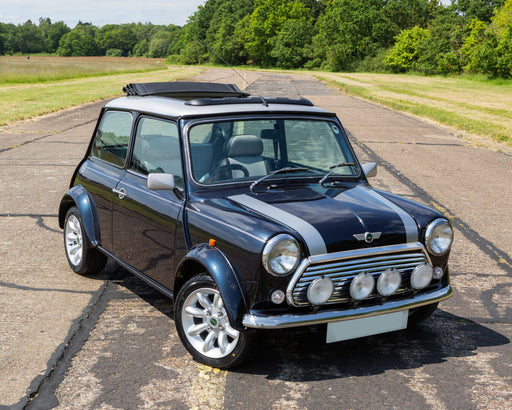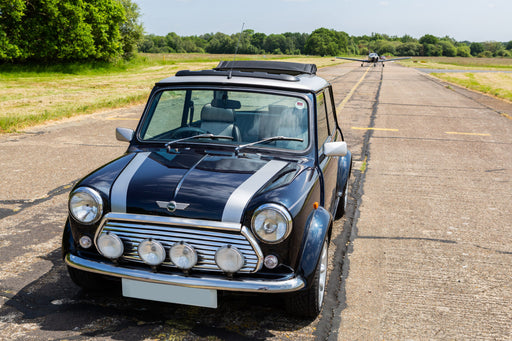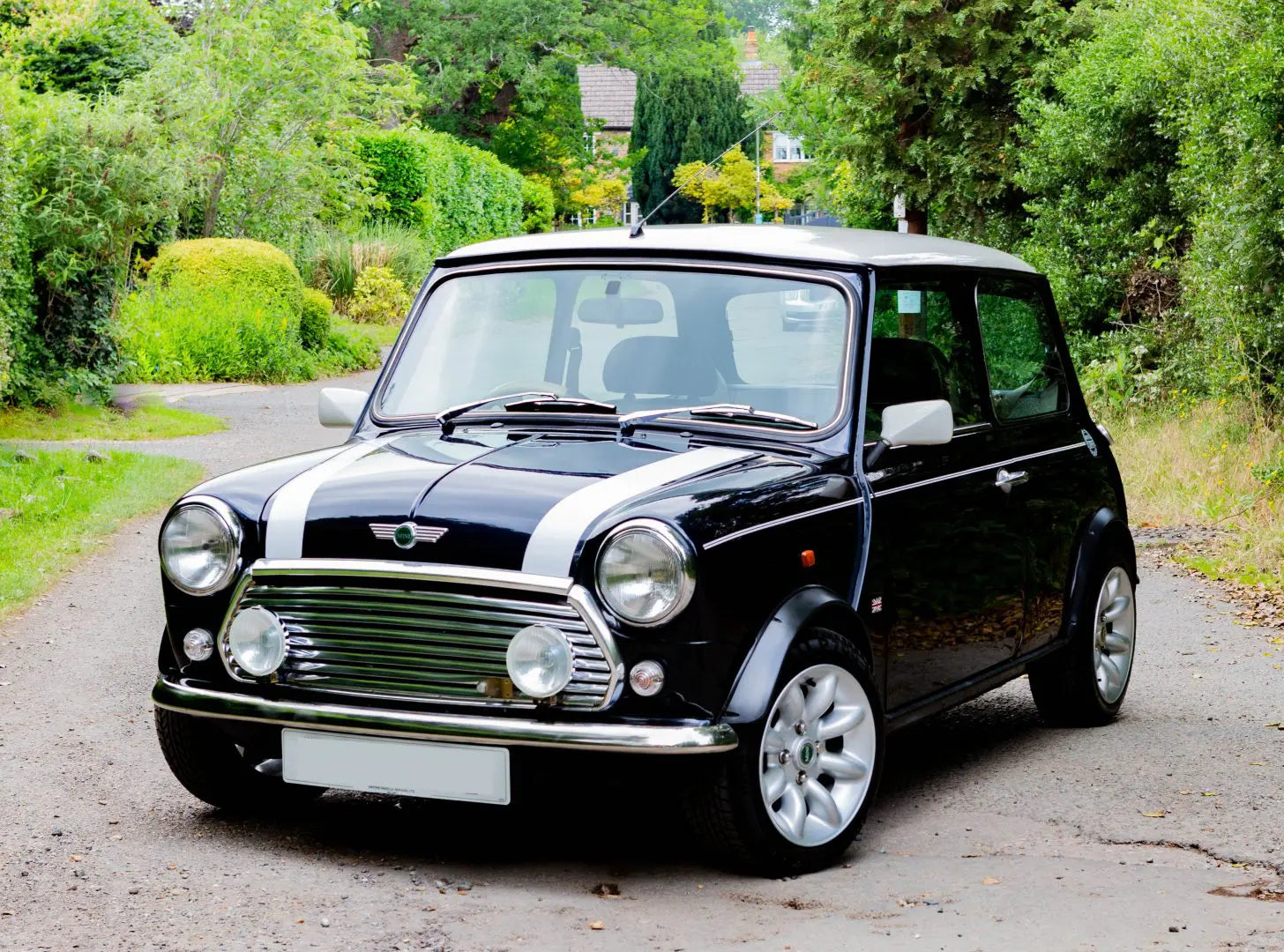
 >
>

Re-imagining the classic Mini: How it has evolved over time
The classic mini is considered a British icon of 1960’s popular culture. Here we take a look at the first minis and how they evolved to become a much loved classic car.
Classic Mini: in development
The Classic mini was developed in response to a shortage of oil throughout Europe. Therefore resulting in the need and renewed popularity of small cars in Europe. Alex Issigonis was working on a replacement of the Morris Minor and came together to work with 2 engineers; Chris Kingman and Jack Daniels to complete the project. For Issigonis it was necessary the car was similar or even smaller to the fiat 600 at the time. The key criteria was to be smaller or the same size as the fiat 600, it had to be 10ft long, maximising space, and thinner, lighter doors unlike american cars. Following completion of testing and prototyping two types of Mini’s began production on May 8th 1959: Morris Mini Minor and the Austin Seven, introducing the classic mini to the world.
The classic mini throughout the decades
Throughout 1959-2000 there were 7 different releases of the classic mini produced.
1959-1967 - Mark I
1967-1970 - Mark II
1969-1976 - Mark III
1976-1983 - Mark IV
1984-1990 - Mark V
1990-1996 - Mark VI
1996-2000 - Mark VII
The release of Mark II welcomed a larger rear view window and several cosmetic changes. Whilst Mark III had a modified boyshell, creating larger doors and concealed hinges, as well as sliding windows being changed to winding windows, due to customer demand. Mark IV included windscreen wipers, twin column stalks for indicators, as well as mechanical changes to reduce the noise the car produced. Mark V was introduced with larger brake pads and plastic wheel arches with the bodyshell remaining the same. Mark VI had some engineering changes with the implementation of a larger engine as well as becoming a single-point fuel injected car. The final release of the classic mini was the Mark VII which gained the airbag on the drivers side as well as twin point injection and full mounted radiator. After 41 years in production the Classic Mini released its final version with the Mark VII.
The Classic Mini: what it meant then
The classic mini was and still is considered an icon of British popular culture in the 1960’s, with a unique space saving engine and driver layout. As well as 80% of the floorplan able to be used by passengers and luggage, influencing space efficient car layouts from then on. The aim of the mini was to be small, easy to drive with minimal fuel consumption to tackle the oil shortage in Europe at the time, leading to become an extremely popular car throughout the 1960’s onwards.
In 1961 the ‘humble’ people mover began a racing legacy when racing legend John Cooper chose to give his car a bigger engine and stronger brakes, becoming the Mini Cooper 997. This began the Mini’s racing career and became a rally demon.
Whilst the car was being produced it was wanted by a whole range of people with different lifestyles and didn’t just become a racing car but a lifestyle car as well for the city or country. The classic mini was a cultural phenomenon with an infectious spirit inspiring motoring for all.
The Classic Mini: what it means now
The classic mini now is an image of the 1960’s and represents British culture. From being known as Mr Bean’s car to Pat Moss’ car leading her to victory at the Netherlands Tulip Rally. Nowadays the classic mini is considered a classic car and collectible, for car enthusiasts.
As well as inspiring and influencing car innovations since, specifically for space efficiency with 80% of the floorplan for passengers and luggage. It was the first small car to have front wheel drive and small 10 inch wheels. The classic mini represents reliability, durability and complete britishness.
It is clear the classic mini is an iconic car. If you are interested in having your own, or want to sell one, then take a look at our Classic Minis. If you would like to find out more about the iconic classic Mini, contact Phil Mires on 01932 640113 or email Phil at: phil@pm-antiques.co.uk
Latest Classic Cars For Sale
classic minis wanted
We are actively seeking classic Minis in excellent condition, ideally with low mileage and a detailed history, especially models such as the Cooper...
View details2000 classic mini cooper sport
Supplied new by Hartwell Rover of Abingdon on 29th September 2000, this Mini Cooper Sport is presented in Solar Red with a Platinum Silver roof and...
View details1999 classic mini cooper s touring by john cooper garages
As featured in MiniWorld Magazine. In 1997, John Cooper Garages launched two new exciting iterations of the iconic Mini Cooper S: the Cooper S Tour...
View details1996 classic mini 'cooper s touring' by miniworld & john cooper garages
A unique opportunity to purchase a MiniWorld Magazine feature car specially converted by John Cooper Garages. This Mini was supplied to Link House ...
View details1989 peugeot 205 gti 1.9
First registered on 29th September 1989. 84,000 miles from new. Driven a mere 5,000 miles in the past 15 years. A collector-quality example. Meticu...
View details2001 classic mini cooper sport 500
The Cooper Sport 500 was the final edition of the classic Mini, released in a strictly limited production run of 500 units. They were only availabl...
View details
